Pros
Cons
Introduction
Front
{{section_header}}{{section.name}}{{/section_header}}
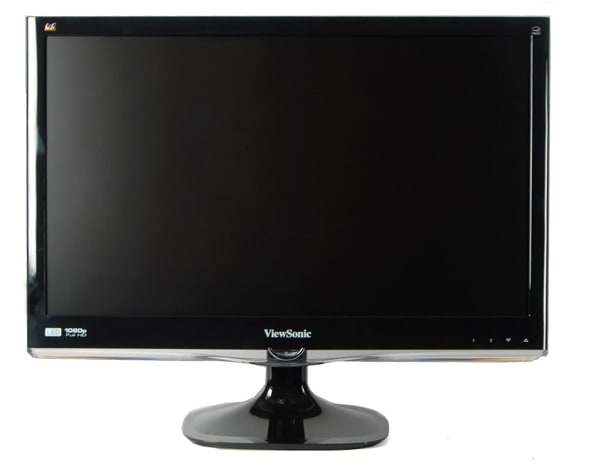
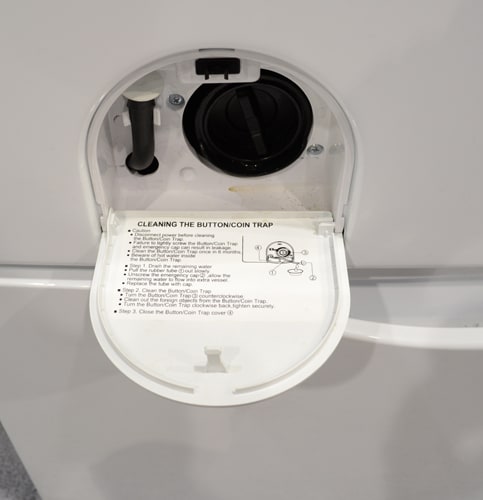
Controls
{{section_header}}{{section.name}}{{/section_header}}
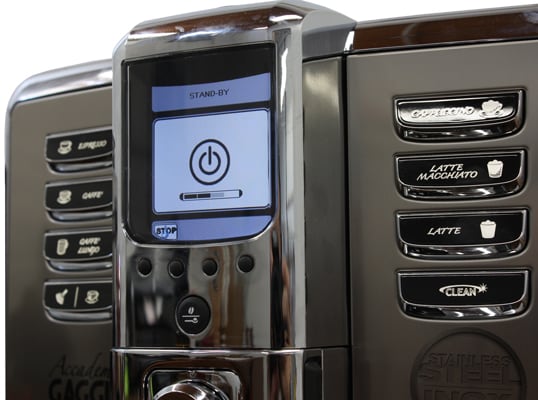
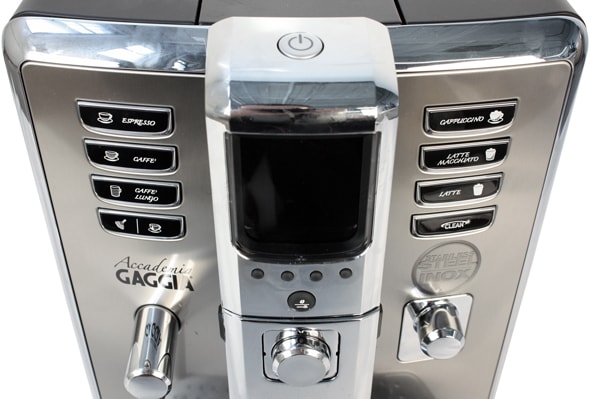
Drawer
{{section_header}}{{section.name}}{{/section_header}}
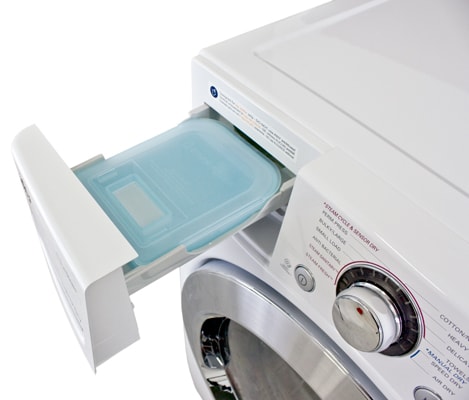
Interior
{{section_header}}{{section.name}}{{/section_header}}
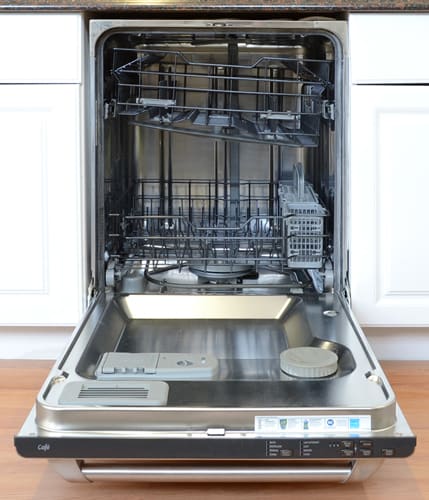
The interior of the CDWT980VSS.
Sides
{{section_header}}{{section.name}}{{/section_header}}

Olympus SZ-31MR iHS side views
Back
{{section_header}}{{section.name}}{{/section_header}}
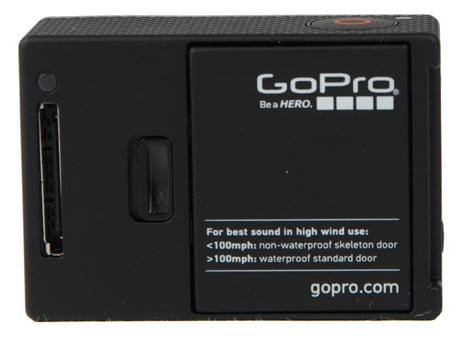
Electricity Use
{{section_header}}{{section.name}}{{/section_header}}
The {{product.name}} didn't use a large amount of electricity, with a yearly power cost of less than a dollar for a typical user. That's less than many washers, but the cost of electricity is usually only a small part of the cost of use for a washer, so it doesn't help the washer that much.
Water Use
{{section_header}}{{section.name}}{{/section_header}}
The amount of water used by the {{product.name}} ranged from just over 7.5 gallons for the Speed Wash cycle to just over 23 gallons for the Bright Whites cycle. That's a very wide range that underlines the large range of washing cycles that this washer offers.
Cost Per Wash
{{section_header}}{{section.name}}{{/section_header}}
The cost to run each of the wash cycles ranges from 7 cents for the Speed Wash up to 16 cents for the Bright Whites cycle. Again, this wide range of costs underlines the wide range of cycles that this washer offers, but none of the cycles are hideously expensive.
Yearly Running Cost
{{section_header}}{{section.name}}{{/section_header}}
We calculate the yearly running costs for a washer by working out the cost of a typical number of washes (392 over a year) of a number of different wash cycles. We found that this washer was a little expensive, with a yearly running cost of $42.44. That is on the high side, but it reflects the slightly higher cost of the most commonly used cycle, the permanent press cycle.
{{comparison_bars title="Yearly Running Cost", attribute="Yearly Running Cost", xLabel="Cost to run over a typical year ($)"}}
Washing Speed
{{section_header}}{{section.name}}{{/section_header}}
Washing Cycles
{{section_header}}{{section.name}}{{/section_header}}
The {{product.name}} offers a great selection of washing cycles: 12 in all. These range from the appropriately named Express Mode (which can wash clothes in 15 minutes) to longer modes like the Sanitary Mode. The details of all of the cycles on offer are below.
Customization
{{section_header}}{{section.name}}{{/section_header}}
The array of buttons below this screen allows you to customize the wash, if required. The buttons control the wash/rinse, spin speed, soil level and how much beeping the washer does, with the button scrolling down the list. On the right side are illuminated buttons for the additional wash options: delayed wash, pre-wash, Fresh Care, extra rinse and Stain Care. The Fresh Care option is useful if you are washing overnight: it will tumble the clothes occasionally for up to 8 hours after the wash completes so they don’t get creased or stale if you don’t unload them immediately. The Stain Care option starts off the washing with a burst of warm water for more effective cleaning. Two buttons beside the display also provide additional options for adding steam to the wash or washing in cold water with special detergent.
That’s a lot of options, and some users may be a little confused by the amount of customization that this offers. The sheer number of buttons and lights might intimidate some users, while others will delight in being able to tweak the spin cycle and amount of bleepiness that this washer offers. Most users will simply dial the cycle and ignore the other buttons.

Additional Wash Options
{{section_header}}{{section.name}}{{/section_header}}
Several additional wash options are available, which are listed below.

Washing Options
{{section_header}}{{section.name}}{{/section_header}}
Detergent Dispenser
{{section_header}}{{section.name}}{{/section_header}}
The detergent tray is easy to open and use, with four clearly marked sections for pre-wash, main wash, fabric conditioner and liquid bleach. The main wash section comes with a small tray for liquid detergent that has clear markings for the suggested and maximum levels. This tray should be removed if powder detergent is used.

Washer Door
{{section_header}}{{section.name}}{{/section_header}}
The door of this washer is easy to open and close, and does not require a lot of force to do either.

The interior of the CDWT980VSS.
Ease of Use
{{section_header}}{{section.name}}{{/section_header}}
The WM3360H is a bit of a mixed bag for ease of use: the door is easy to open and the detergent dispenser is clearly marked. But the controls are a bit of a mess, with a lot of lights and buttons that could be rather confusing, especially for someone upgrading from the older rotary control style washer. The controls do provide some restrictions that limit the potential for damaging your clothes, though: you can’t accidentally change the wash temperature to extra hot in the delicate cycle because the washer only allows the temperature to go to warm in that cycle.
Controls
{{section_header}}{{section.name}}{{/section_header}}
The front looks more like a Vegas slot machine than a washing machine, with a large array of blinking orange lights and a control dial surrounded by LEDs. Adding to the feel of a dime slot machine are the jaunty little tunes that it plays when you turn the machine on and off or when it completes a cycle.
You choose a wash cycle by rotating the large control knob, with the lights around it showing the currently selected option. This knob is something of a pain to use: you have to rotate the dial several times to scroll through the entire list of 12 cycles.
The display above the buttons provides information on the chosen cycle, showing the steps that it will use (load sensing, wash, rinse and spin) and how long the cycle is likely to take in minutes.


Comparison
{{section_header}}{{section.name}}{{/section_header}}
Both clothes washers offer strong washing performance, but the Whirlpool has the edge. However, this is at least partly due to its longer wash cycles, which give the detergent more time to work. The LG offers a wider range of cycles, including a Steam Fresh feature that can freshen stale clothes without washing.
Normal Stain Performance
Comparison
{{section_header}}{{section.name}}{{/section_header}}
As the Kenmore is made by LG, these two washers are very similar. However, there are differences. The Quick Wash cycle on the Kenmore is longer, and the Kenmore's other cycles have been tweaked as well, which leads to slightly better performance. The LG does offer a wider selection of wash cycles and features, though, so it's a close call between these two.
Normal Stain Performance
Comparison
{{section_header}}{{section.name}}{{/section_header}}
Both washers had acceptable washing performance, but the LG was slightly more effective than the Electrolux across all of the wash cycles that we test. However, the Electrolux does have the advantage of being a lot cheaper: it is available for about $740, while the LG costs about $900.
Normal Stain Performance
Efficiency
{{section_header}}{{section.name}}{{/section_header}}
The {{product.name}} is a little expensive to run: we calculated the cost for a typical year at $42.44, including electricity, water and the energy to heat the hot water it uses.
Performance
{{section_header}}{{section.name}}{{/section_header}}
The {{product.name}} had good, but not great performance in all of the wash cycles that we tested, with the best being the Heavy Duty cycle. The Quick Wash cycle is very speedy (at 15 minutes), but that is at the cost of very poor washing performance.
Features
{{section_header}}{{section.name}}{{/section_header}}
There are a lot of features on offer from this washer, including a sterilizing and allergen-reducing mode, as well as a Steam Fresh mode that freshens clothes that have been stored for a while with blasts of steam.
Meet the tester

WasherDryerInfo.com Staff
Editor
WasherDryerInfo.com Staff is a valued contributor to the Reviewed.com family of sites.
Checking our work.
Our team is here to help you buy the best stuff and love what you own. Our writers, editors, and experts obsess over the products we cover to make sure you're confident and satisfied. Have a different opinion about something we recommend? Email us and we'll compare notes.
Shoot us an email